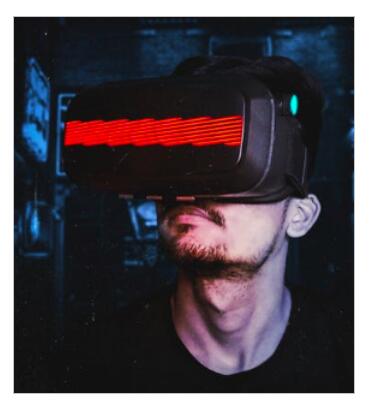Welcome to Sino Bearings web
24x7 HOTLINE:+86-28-81454188

 TECHNOLOGY
TECHNOLOGY
Disruptive manufacturing is one of the newer terms that have been embraced to detail smart manufacturing processes, writes Joseph Zulick.
We look at disruption as a good thing. But in the same way as we think of innovation that requires acceptance of change, disruptive manufacturing will not be embraced by everyone. When lean manufacturing hit the plant floors it was considered a painful process by some, but most learned quickly that it was reducing the pains that were being caused by inefficiency.
Why is disruption good? It means we no longer accept what we have perceived to be the truth. Today we are building parts using additive manufacturing and 3D printing that were previously deemed impossible. This disruptor has led to lighter vehicles, reduced the number of parts in an assembly and redefined ‘possible’. Those using existing manufacturing techniques cannot escape the disruptor psychology, for example you can’t go anywhere without hearing the term Internet of Things (IoT). Companies are having to adapt to this technology. Whether it means running internet cabling to a machine so it can self-diagnose a problem or because you want to be able to download statistics and manufacturing data, you can’t escape disruption!
Disruption is everywhere in robotics with integration of IoT and new self-teaching and user-friendly software that no longer requires a programmer. It may be a full-blown robot or a simple toggle arm which is used with sensors to sort items. The biggest change in robots is affordability and availability. Collaborative robots are changing the workforce as we know it since they work alongside our traditional workers and assist in tasks that can be done faster and more accurately using robot manipulation.
Most importantly they are performing tasks that might be considered high risk due to weight, range of motion/ergonomics or around machinery that is deemed hazardous.
I certainly include in this discussion new tools like drones which can fly into confined spaces and inspect areas deemed hazardous to workers. These drones can also fly on top of machinery to retrieve information avoiding high-lift equipment which is also a high-risk and requires many hours of training. Often these can perform tasks like surveying land and tracking RFID elements that are moving, think farm animals for example.
The most disruptive aspect of these changes has to be workforce upskilling. It’s without question that we need a higher technology workforce. As a company president recently said, “I don’t need another business or philosophy degreed employee, I need someone to work on robots!”
Another disruptor in this area may be the use of augmented reality to assist with working on equipment. AR is booming. Amazon just released its first version of this to consumers. You can see what the products look like in your house. AR is now being used to determine the feasibility of an operation. It’s used to train employees and if you’re so inclined a maintenance crew can use AR to determine location and troubleshoot either live with a technician or using a step-through process.
The biggest disrupter of all is AI. Given certain parameters AI will learn and analyse data to make educated decisions. Based on trends and outcomes the AI system learns and continues to improve, making real-time decisions. This information garners smarter feedback and gives us the best information. This is historical, all of the improvements that appear to be happening at the same time. We haven’t even touched on consumer electronics and their impact or autonomous vehicles and the outlook for that disruption. That’s of course in parallel with the drive to EVs over engines. We will scarcely recognise the world in 10 years and it will most assuredly be when we ponder, remember when…
Disruption is all around us and we need to understand what that means and how we fit into that puzzle. Will all education relocate online? Probably not, but we already see almost every school has an element of this change.
Why is all of this disruption a good thing? Realise first that in many ways manufacturing is a global race. A long time ago it was said that in order to be competitive we need to produce a product from drawing board to production in a year and also before the competition catches up. The reaction time is a few months now and there are few businesses that are immune from this need for disruption. In business they say there are 2 kinds of organisations, the quick and the dead, which are you?